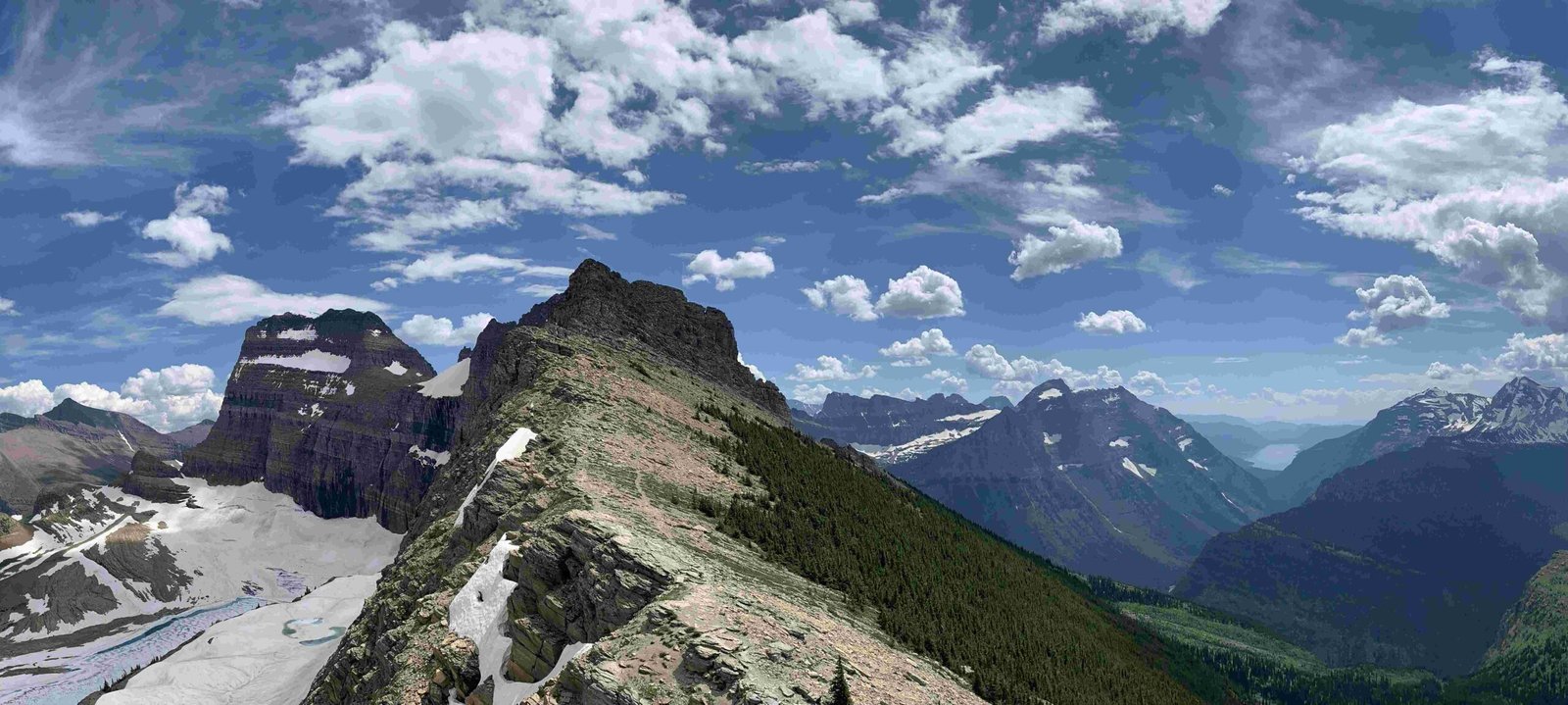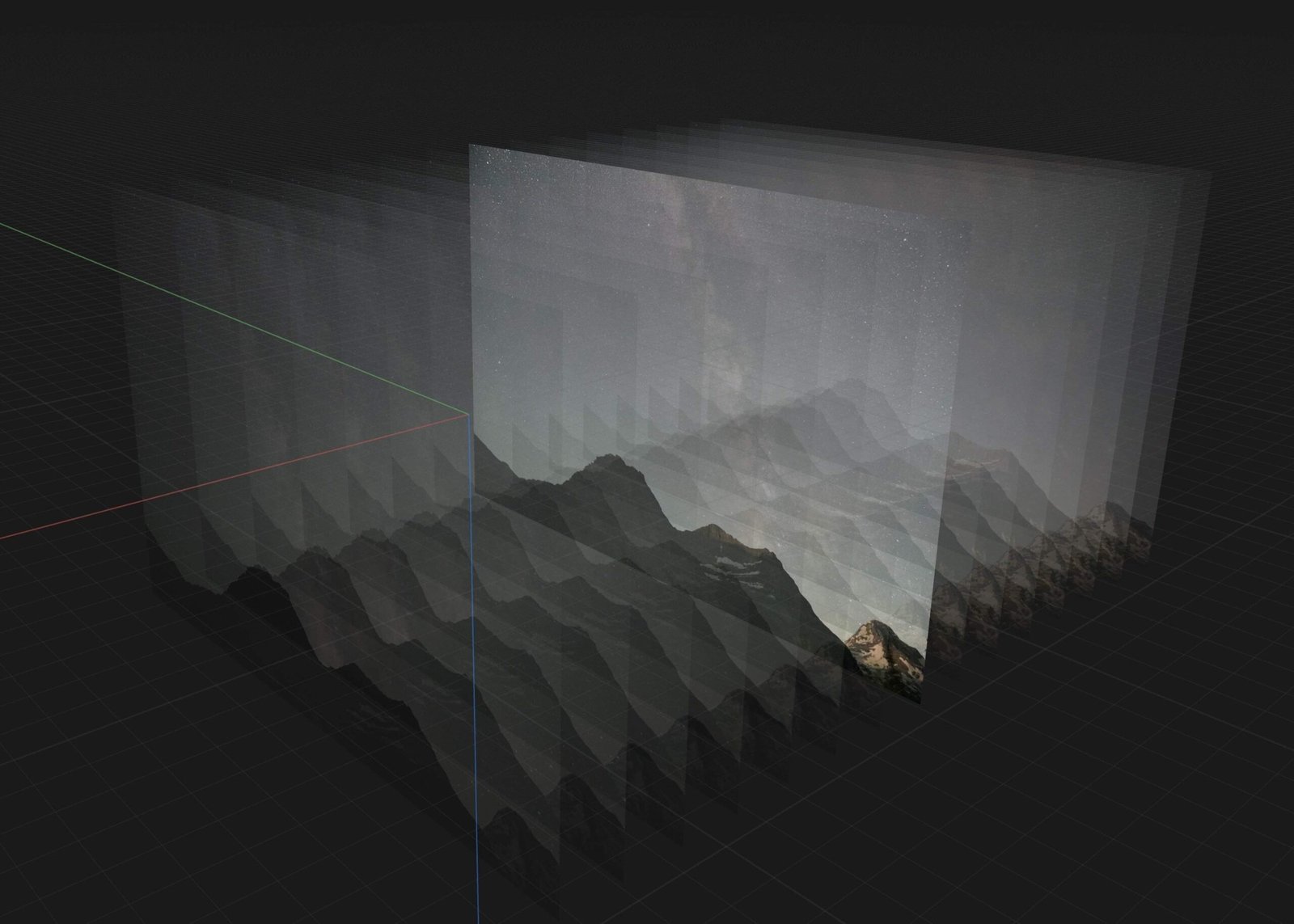Backpacking Harrison Lake in Glacier National Park offers a challenging yet rewarding adventure for experienced hikers. This remote destination features a 10.8 to 11.6-mile one-way trail with stunning views of glacial waters and diverse wildlife. The journey involves a strenuous hike with significant elevation changes and a potentially dangerous river crossing. Proper planning, gear, and timing are crucial for a safe and enjoyable backpacking experience at Harrison Lake.
What Are the Trail Details for Harrison Lake?

The trail to Harrison Lake presents several options and challenges:
- Trailhead Access:
- West Glacier trailhead to South Boundary Trail (7 miles to Harrison Lake junction)
-
Alternative route: Ford the Middle Fork of the Flathead River east of Ousel Creek (shorter but riskier)
-
Trail Statistics:
- Distance: 10.8 to 11.6 miles one way
- Elevation Gain: 700 to 838 feet
- Elevation Loss: 210 to 395 feet
-
Difficulty Rating: 13.3 (Petzoldt’s Energy Rated Mile equation)
-
Key Landmarks:
- Middle Fork Crossing (dangerous in spring)
- Doody Cabin (historic site)
- Harrison Lake (2.5 miles long, clear glacial water)
- Harrison Lake Campground (1.8 miles beyond lake’s foot)
- Harrison Lake Patrol Cabin (historic, near shoreline)
What Essential Gear Is Needed for Backpacking Harrison Lake?

A well-prepared backpack is crucial for this challenging trek. Here’s a comprehensive list of essential gear:
- Sturdy backpack with multiple compartments
- Lightweight tent
- Cold-rated sleeping bag
- Insulated sleeping pad
- Layered clothing (including rain gear)
- Hiking boots with good traction
- Navigation tools (map, compass, GPS)
- Comprehensive first aid kit
- Water filtration system
- High-calorie, lightweight food
- Camp stove or grill
- Headlamp or flashlight (with extra batteries)
- Personal hygiene items
- Bear spray
How to Camp Safely at Harrison Lake?
Camping at Harrison Lake requires adherence to park regulations and safety precautions:
Campsite Information
- Location: Harrison Lake Campground, 1.8 miles beyond lake’s foot
- Number of sites: 3
- Reservation: Required in advance
Safety Measures
- Check current fire regulations with Backcountry Office
- Filter or purify all water before consumption
- Follow bear safety guidelines:
- Use bear-resistant food containers
- Cook and store food away from sleeping area
- Carry bear spray at all times
- Maintain safe distance from wildlife (mountain goats, wolves, loons)
When Is the Best Time to Visit Harrison Lake?
Timing your visit is crucial for safety and enjoyment:
- Optimal Period: Mid-August to October
- Safer river crossing conditions
- More stable weather patterns
-
Less crowded than peak summer months
-
Weather Considerations:
- Be prepared for variable conditions
-
Pack rain gear and warm layers even in summer
-
River Crossing Safety:
- Avoid early summer (dangerous water levels)
- Mid-August or later recommended for safer crossing
What Wildlife Might Be Encountered on the Trail?
The Harrison Lake area is home to diverse wildlife:
| Species | Likelihood of Encounter | Safety Precautions |
|---|---|---|
| Bears (Grizzly and Black) | High | Carry bear spray, make noise while hiking |
| Mountain Goats | Moderate | Maintain distance, do not approach |
| Wolves | Low | Stay in groups, do not feed or approach |
| Loons | High (near lake) | Observe from a distance, avoid disturbing nesting areas |
How to Prepare for the River Crossing?
The Middle Fork of the Flathead River crossing is a critical part of the journey:
- Timing: Plan for mid-August or later when water levels are lower
- Technique:
- Use trekking poles for balance
- Unbuckle backpack straps for quick removal if needed
- Cross at the widest point where water is shallowest
- Safety Gear:
- Bring water shoes or sandals for better grip
- Consider carrying a throw bag for emergencies
- Assessment: If the water seems too high or fast, be prepared to turn back
What Are the Unique Features of Harrison Lake?
Harrison Lake offers several distinctive attributes:
- Size: Approximately 2.5 miles long
- Water: Clear, glacial water fed by Harrison Glacier
- Fish Species: Home to bull trout and non-native lake trout
- Surrounding Landscape:
- Steep mountain slopes
- Dense forest areas
- Potential for spotting wildlife
How to Practice Leave No Trace Principles?
Preserving the natural beauty of Harrison Lake is crucial:
- Plan ahead and prepare to minimize impact
- Travel and camp on durable surfaces
- Dispose of waste properly (pack it in, pack it out)
- Leave what you find (no souvenirs)
- Minimize campfire impacts (use established fire rings only)
- Respect wildlife (observe from a distance)
- Be considerate of other visitors
By following these guidelines, backpackers can help maintain the pristine condition of this remote area in Glacier National Park.
What Emergency Procedures Should Backpackers Know?
Being prepared for emergencies is vital in this remote location:
- Communication:
- Carry a satellite phone or emergency beacon
- Cell service is unreliable in the area
- First Aid:
- Bring a comprehensive first aid kit
- Know basic wilderness first aid techniques
- Emergency Contacts:
- Save Glacier National Park emergency number: (406) 888-7800
- Inform someone of your itinerary before departing
- Weather-related Emergencies:
- Know signs of hypothermia and heat exhaustion
- Have a plan for severe weather scenarios
Remember, self-reliance is key in backcountry emergencies. Be prepared to handle situations until help can arrive.
Backpacking to Harrison Lake in Glacier National Park offers a challenging and rewarding experience for well-prepared hikers. By understanding the trail conditions, packing appropriate gear, and following safety guidelines, adventurers can enjoy the stunning beauty of this remote glacial lake while preserving its natural environment for future generations.
References:
1. [Harrison Lake – 10.8mi / 17.3km]
2. [Harrison Lake – experience glacier national park]
3. [Harrison Lake Trail – Montana]